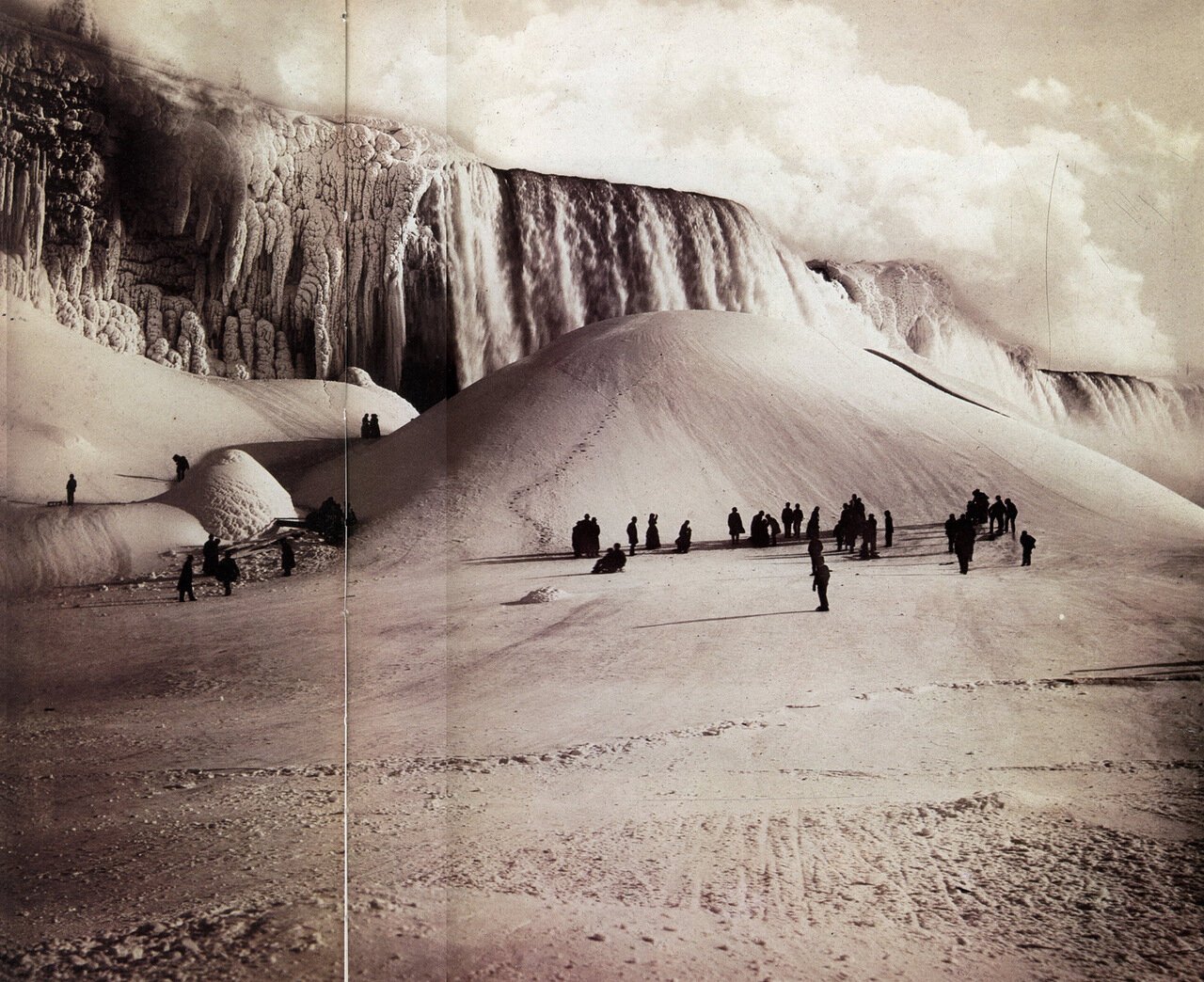The Unbelievable Moments the Iconic Cataracts Stopped Flowing
Niagara Falls is one of nature’s most awe-inspiring spectacles—a thundering, relentless force that draws millions of visitors each year. But what if, just for a moment, the mighty Falls fell silent? Believe it or not, it’s happened—not once, but twice in recorded history.
1848: The Ice Dam That Stopped the Falls
In the predawn hours of March 29, 1848, something extraordinary happened: Niagara Falls ran dry.
After an unusually harsh winter, a sudden warm spell caused the thick ice on Lake Erie to fracture. Powerful easterly winds then drove massive ice floes into the mouth of the Niagara River, where they jammed together, forming a natural dam between Buffalo and Fort Erie. For 30 surreal hours, the river’s flow was cut off, leaving the Horseshoe and American Falls reduced to little more than dripping cliffs.
Locals awoke to an eerie silence—no roar, no mist, just an exposed riverbed. Some feared it was the end of the world. Others seized the moment:
- Mill owners found their water wheels motionless.
- Adventurous souls walked across the riverbed, even crossing to Goat Island on foot.
- Treasure hunters uncovered muskets, bayonets, and timber—relics from the War of 1812.
- By nightfall, torchbearers stood at the brink of the Falls, gazing into the dry abyss.
Then, just as suddenly as it had stopped, the ice dam broke. The river roared back to life, and the Falls resumed their thunderous flow—leaving witnesses with a story few would believe.
1969: The Time the U.S. “Turned Off” the American Falls
More than a century later, history repeated itself—but this time, it was no accident.
By the 1960s, erosion and rockfalls had created a massive talus (rock pile) at the base of the American Falls, threatening to turn the iconic cascade into little more than a steep rapid. To save it, the U.S. Army Corps of Engineers embarked on a daring mission: They would stop the Falls.
How They Did It
- Over three days in June 1969, engineers built a 600-foot cofferdam using 28,000 tons of rock, diverting the Niagara River’s flow entirely to the Horseshoe Falls.
- For five months, the American Falls were reduced to a trickle, exposing a moss-covered cliff face rarely seen by human eyes.
- Geologists studied the rock, workers removed unstable debris, and tourists flocked to see the spectacle—some even spotting coins tossed into the dry riverbed over the years.
By November 1969, the dam was dismantled, and the Falls roared back to life. But the question remains: Could it happen again?
Will Niagara Falls Ever Run Dry Again?
Possibly.
Plans have been floated to partially dewater the American Falls once more—this time to repair two aging bridges near Goat Island. While funding is still pending, the project could offer another rare glimpse at the Falls’ hidden geology.
As for a natural stoppage? Thanks to an ice boom installed in Lake Erie in 1964, a repeat of 1848’s ice jam is unlikely. But in a place as dynamic as Niagara, nature always has surprises in store.
The Takeaway
Niagara Falls is more than just a waterfall—it’s a living, changing force of nature. Whether silenced by ice or human hands, its moments of stillness are as mesmerizing as its mighty roar.
Have you ever witnessed Niagara Falls in an unexpected way?
